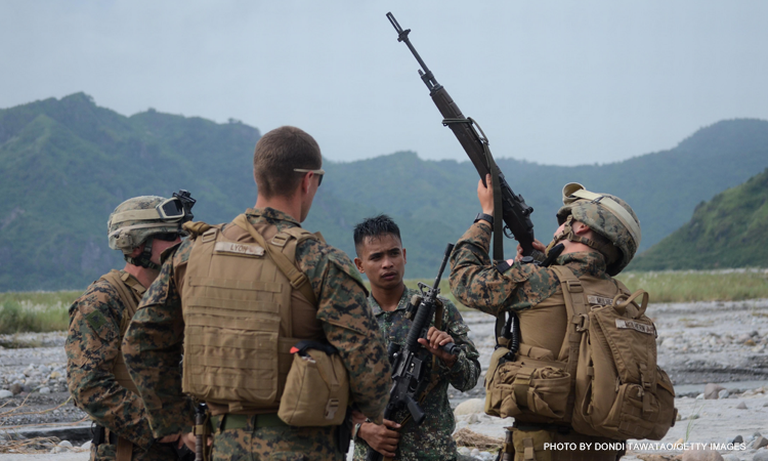Commentaries
The views expressed are the author's alone and do not constitute official positions of APPFI.
The views expressed are the author's alone and do not constitute official positions of APPFI.
The recent visit of U.S. secretary of state Michael Pompeo to Manila settled a long-standing concern in the Philippines over U.S. commitment to Philippine security in the South China Sea. In a press briefing with Philippine secretary of foreign affairs Teodoro Locsin, Jr., Pompeo unequivocally articulated what the Obama administration never publicly did: “As the South China Sea is part of the Pacific, any armed attack on Philippine forces, aircraft or public vessels in the South China Sea will trigger mutual defense obligations under Article 4 of the [1951] Mutual Defense Treaty [MDT].”
Article 4 expressly provides that “an armed attack in the Pacific Area on either of the Parties” would require each nation to “act to meet the common dangers in accordance with its constitutional processes.” In reference to this, Article 5 of the MDT clarifies: “an armed attack on either of the Parties is deemed to include… its armed forces, public vessels or aircraft,” as well as metropolitan and island territories.

In his speech commemorating the 40th anniversary of the so-called Message to Compatriots in Taiwan, Chinese President Xi Jinping made it loud and clear: China will pursue a one-country, two systems approach to achieve peaceful unification.

Photo Source: CNN Philippines
Aristotle advised that if we are to understand anything we must “observe its beginning and its development.” Unfortunately, amid the tumult surrounding Secretary Lorenzana’s pledge to review the Mutual Defense Treaty (MDT), an appreciation for the historic origins and development of the U.S.-Philippine alliance has been sadly absent. Although clarifying the rights and obligations contained within the MDT represents a worthwhile undertaking, attempting to do so while ignoring the treaty’s historic context and evolution would be futile. To that end, it is useful to look at the specific charges currently levelled against the MDT by its critics and to identify the historical background of these contentions. This perspective provides both a deeper understanding of U.S. policy towards the Philippines and also helps contextualize the current dispute.
The Republic of the Philippines’ relations with North Korea are influenced by four critical factors: political alignment with the United States, realpolitik, international norms, and risks to Philippine national security and interests. In other words, historical, functional, normative, and strategic factors have been of greater or lesser significance at different junctures in the nearly twenty-year formal Philippines-North Korea relationship.